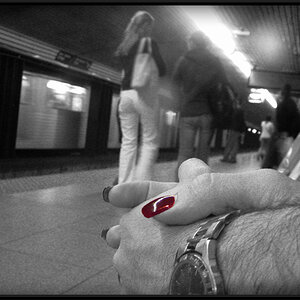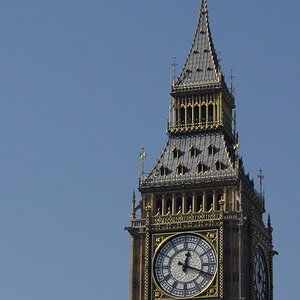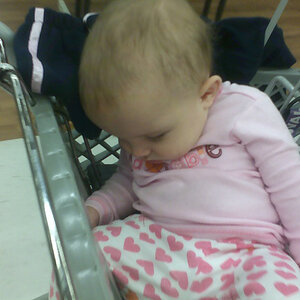Brian L
TPF Noob!
- Joined
- Nov 4, 2007
- Messages
- 374
- Reaction score
- 0
- Location
- Michigan
- Website
- brianlinephotography.com
- Can others edit my Photos
- Photos NOT OK to edit
Hello everyone!
Alright so I'm sure this has been brought up before but am having the hardest time finding info about it.
My questions are where to start with it? All the questions too. My photos look great on the monitor but are a little darker once printed. My photos look great on the monitor but are a little lighter once printed. lol do you guys get the idea. lol. So If someone could give me some good starting points on where to start and help me get a grip on this. I have been calibrating and seemed to help quite a bit. However would also like to know some more things bout color management. Thanks everyone.
Alright so I'm sure this has been brought up before but am having the hardest time finding info about it.
My questions are where to start with it? All the questions too. My photos look great on the monitor but are a little darker once printed. My photos look great on the monitor but are a little lighter once printed. lol do you guys get the idea. lol. So If someone could give me some good starting points on where to start and help me get a grip on this. I have been calibrating and seemed to help quite a bit. However would also like to know some more things bout color management. Thanks everyone.


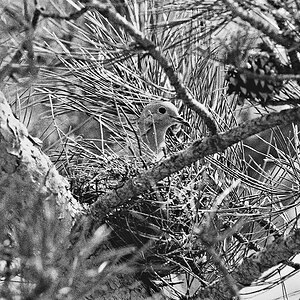
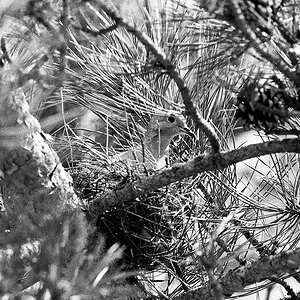
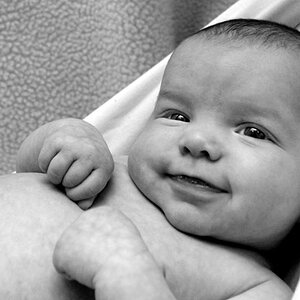
![[No title]](/data/xfmg/thumbnail/37/37125-c083e505c2e7d8f15f717a96de782959.jpg?1619737883)

![[No title]](/data/xfmg/thumbnail/38/38262-10a9668da9a2b36a92cddde57caf87bc.jpg?1619738547)

![[No title]](/data/xfmg/thumbnail/30/30884-b92cca2d3ad6f728825cf7e936e8cef6.jpg?1619734496)
